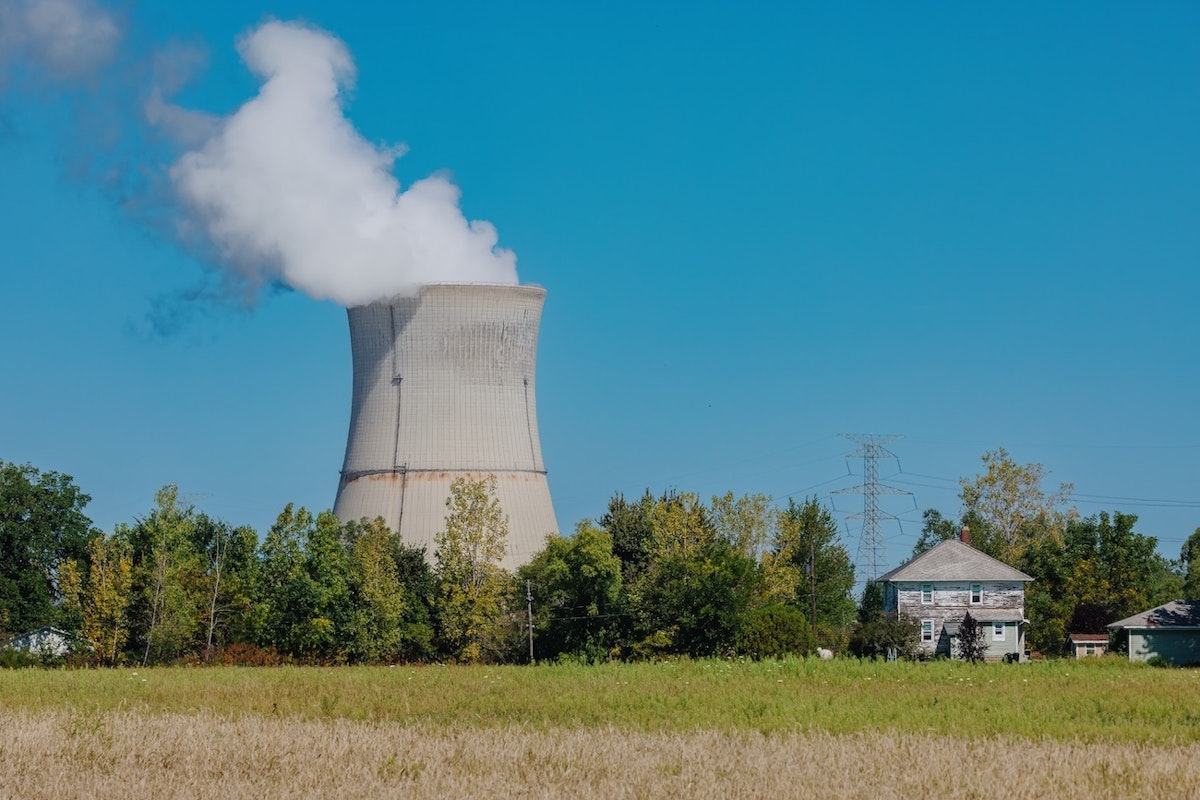Implications for NRC Comprehensive Risk Standards in Part 53 Post Loper Bright Decision
New White Paper Argues That NRC Must Re-Align Nuclear Health Metrics With Longstanding Standards Set By Congress

-
-
Share
-
Share via Twitter -
Share via Facebook -
Share via Email
-
Introduction and Summary
At the direction of Congress, the Nuclear Regulatory Commission (NRC) has proposed a rule for public comment (10 CFR Part 53) that would establish new licensing and regulatory standards for nuclear power plants. However, in its current form, the proposal does not comply with the NRC’s statutory directives. Instead of following its mandate to set risk standards for nuclear plants that “provide reasonable assurance of adequate protection to public health and safety,” the NRC has doubled down on an approach that is both arbitrary and excessively conservative. The NRC may be under the impression that it can continue to rely on a deferential judiciary to bless its work. However, in a post-Chevron world, courts will not simply defer to an agency’s judgments on questions of statutory interpretation. The courts will do their own work. To evaluate what Congress intended for reactor risk standards, a reviewing court will take note of the numerical cancer risk standard that Congress codified in the Clean Air Act—and which Congress made clear should be the benchmark that applies to nuclear power plants. The reviewing court will also give weight to the unmistakable message that Congress has sent through recent legislation that the licensing framework for reactors should be risk-informed and should enable the public to obtain the benefits of safe nuclear power. To ensure legal durability in a post-Chevron world, the NRC should revisit its proposal to ensure that it has established a metric for protection of health and safety that is consistent with the long-established standard codified by Congress under Section 112 of Clean Air Act.
Key Conclusions
In a post-Chevron world, the court that reviews the NRC’s Part 53 metric for cancer risk will not simply defer to the NRC’s judgment of whether that standard provides “adequate protection to the public health and safety.”
The court will seek to construe what Congress intended that term to mean and whether the NRC’s interpretation conforms to that meaning.
In doing that analysis, the court will almost certainly look to the Clean Air Act—in which Congress not only codified a numerical metric for limiting cancer risk but also made clear that it intended this metric to be the presumptive benchmark for safe operation of nuclear reactors.
In addition, the reviewing court will evaluate the NRC’s choices in light of the Congressional mandates in the NEIMA and the ADVANCE Act that the new licensing framework for advanced reactors is risk-informed, technology-inclusive, and efficient—and that it fully accounts for the public benefits of such reactors.
This means that a reviewing court is very likely to find that the NRC has exceeded its Congressionally granted authorities if the NRC adopts in the Part 53 rule a cumulative risk standard that is more stringent than the Section 112 standard. The NRC has no legal justification for demanding more than what Congress has already determined provides an “ample margin” of safety.
In the context of light-water reactors, the Supreme Court’s Corner Post decision could open the door to challenges against unfavorable orders predicated on the existing, highly restrictive latent cancer risk standards. In such challenges, we expect the reviewing court would also look to Section 112 of the Clean Air Act and the ADVANCE Act to construe Congressional intent for health and safety standards for such reactors.
For these reasons, when considering a cancer risk standard for both advanced reactors and light-water reactors, the NRC staff should maximize the legal durability of its regulations by establishing a numerical risk approach consistent with the approach that the EPA formulated to apply the Section 112 cancer risk standard to reactors.

